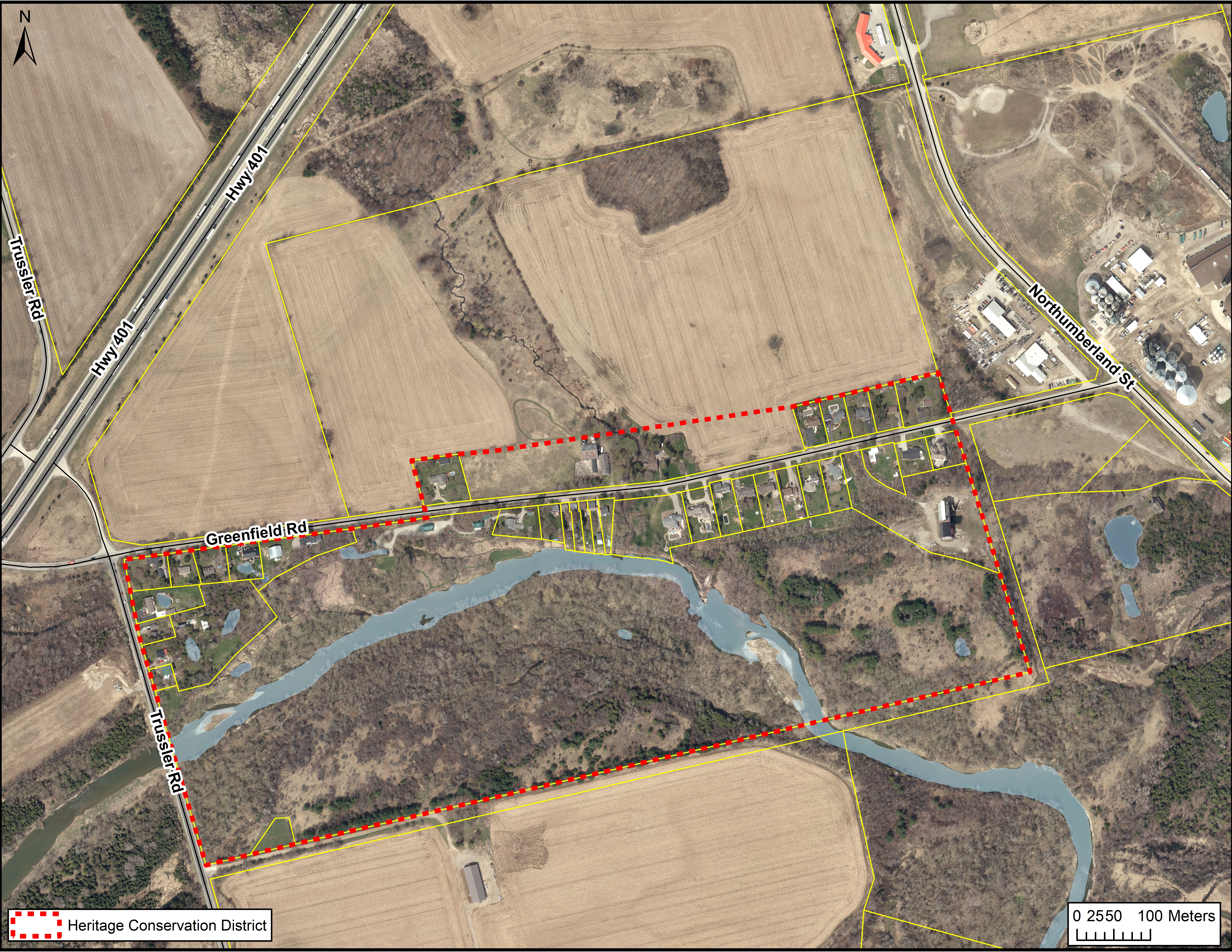History of the Establishment of North Dumfries
James Young wrote about the North Dumfries area in his book Reminiscences of the Early History of Galt and the Settlement of Dumfries. The land, historically known as North and South Dumfries included 94,305 acres and was given to Mr. Philip Stedman on February 5, 1798 from Colonel Joseph Brant of the Six Nations. A few years later, Mr. Stedman's sister received the property. His sister sold the property in 1811 to the Honourable Thomas Clarke. In 1816, the land was bought by the Honourable William Dickson who came to Canada from Dumfries Scotland in 1792. In July of that year, with the help of Mr. Shade from Pennsylvania, Mr. Dickson decided to start the town where the Grand River and Mill Creek intersect. Mr. Dickson had the land surveyed and named it Dumfries after his birthplace in Scotland. The first industry in the Township was Shade's Grist Mill.
In 1817 the Township had a population of 38 families, consisting of 163 people. The first houses were built of rough, unpolished logs and clay. In 1820, Mr. Dickson employed Mr. John Telfer to enlist people from Scotland to buy land in Dumfries. In an attempt to convince people to purchase his land, Mr. Dickson published articles in local newspapers in his homeland and wrote letters to important men from the old country. From 1825 to early 1832, every plot of the Dumfries land was full and dominated by Scottish residents.
History of the Establishment of Ayr
The Village of Ayr had its beginnings in 1824 when Abel Mudge built a saw mill at Smith and Cedar Creek. Originally there were two small settlements: Jedburgh and Nithvale. Nithvale is noted in Canadian history as the place where journalist and politician William Lyon Mackenzie's followers secretly met before the Upper Canada Rebellion in 1837. In 1840, Robert Wyllie established a post office at Mudge's Mill and renamed the settlements "Ayr."
Mr. James Somerville started the first newspaper in Ayr in 1854, while the Ayr library was built between 1849-50. The Watson Foundry was started by Mr. John Watson in 1847. Originally, the foundry produced iron pots but later expanded to manufacture stoves and agricultural equipment. Ayr businesses would transport goods by taking them to the Paris train station. This took place from 1854 to 1879, at which time the Credit Railway opened in Ayr.
The Village of Ayr was incorporated in 1884, with Mr. John Watson appointed as Reeve. On January 1, 1973, Ayr became part of the Township of North Dumfries within the Regional Municipality of Waterloo.

